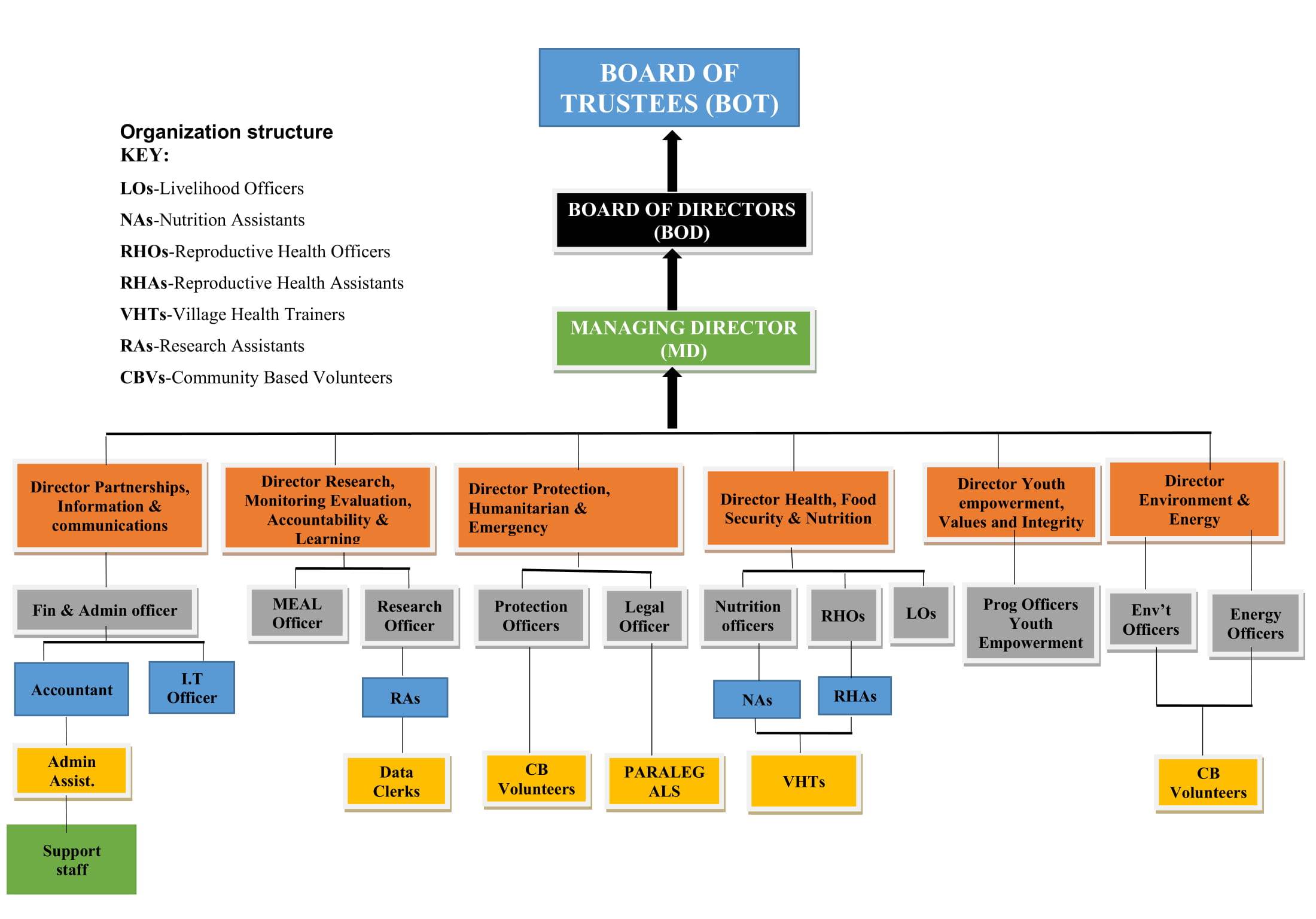Gender-Environment and Development Action started as a result of numerous stories that were awash in the media about the increased teenage pregnancies and high child marriages in Kasese District. One of the stories was of one “Muhindo” not her real names who was a primary seven pupil of 16 years old and got impregnated by a would be good “Samaritan” that offered her 1,000 to buy books because her mother would not afford https://www.unicef.org/uganda/stories/plight-adolescent-girl-rural-kasese-western-uganda There was another story of the youngest mother in Uganda that gave birth at the age of 11 years and so many other related stories. The fertility rate of the Bakonzo in Kasese also stood at an average of 6.1 births per woman far beyond the national average of 5.4 https://uganda.unfpa.org/sites/default/files/pub-pdf/family_planning_atlas_2019.pdf . In addition, Kasese District ranked highly in child marriages and teenage pregnancies that affect the health and dignity of the girl child.
This coupled with the increase of environmental hazards like floods, mudslides, drought among others in Kasese increased the vulnerability of women and girls and affected the social economic development of the households in the District leading to a vicious cycle of poverty and high malnutrition rates, Gender Based Violence and Violence against Children among others.
Therefore the mission was to understand the measures and drivers of gender related issues and environmental degradation, carry out research with strong commitment to providing solutions and remedies to the above and much more.
A team of strong minded individuals with a wide range of experience, expertise and dynamic academic backgrounds came together to tackle the challenges in our communities through research, engaging the women and girls, boys and men the leaders in several environment and gender related issues. We realize girls and women interact with the environment most often looking for firewood, cultivating the land and therefore being more attracted to environmental degradation. we engage them to use other alternative energy sources like energy cooking stoves, heat retention bags, briquettes among others.
The other approach being employed by GEDA Uganda is “men engage” especially with the issues to do with Sex and Gender based violence (SGBV), SRHR, doing counseling, referral pathways among others.
Therefore the formation of Gender-Environment and Development Action Uganda was informed by these challenges that we needed to tackle .
Goal & Objectives
Goal: Women, girls and youth in Uganda are empowered with knowledge and skills to harness their potential for resilient and dignified lives
Strategic objectives
SO1: Improving the nutrition status of children under five years for a healthy early childhood development.
SO2: Enhancing access to diverse, safe and nutrient dense foods amongst the targeted households.
SO3: To empower women and girls to amplify their voices for women’s rights and advocate for their rights, representation and access to resources.
SO4: To empower youth with entrepreneurial skills and enhance their access to resources for investment for income generation and improved livelihoods.
SO5: To enhance capacity of women, girls and youth in agro-ecology and their access to efficient energy technologies for climate resilience.
SO6: To strengthen partnerships with government, Private sector, CSOs and other development actors for synergy and joint actions for a far-reaching impact.
Vision: “GEDA Uganda envisions a world where gender equity and environmental sustainability prevail, in which women and girls have the power to harness their full potential”
The mission is to “Promote gender and environmentally sensitive development initiatives for resilient and dignified lives for all”
Organisation Structure

